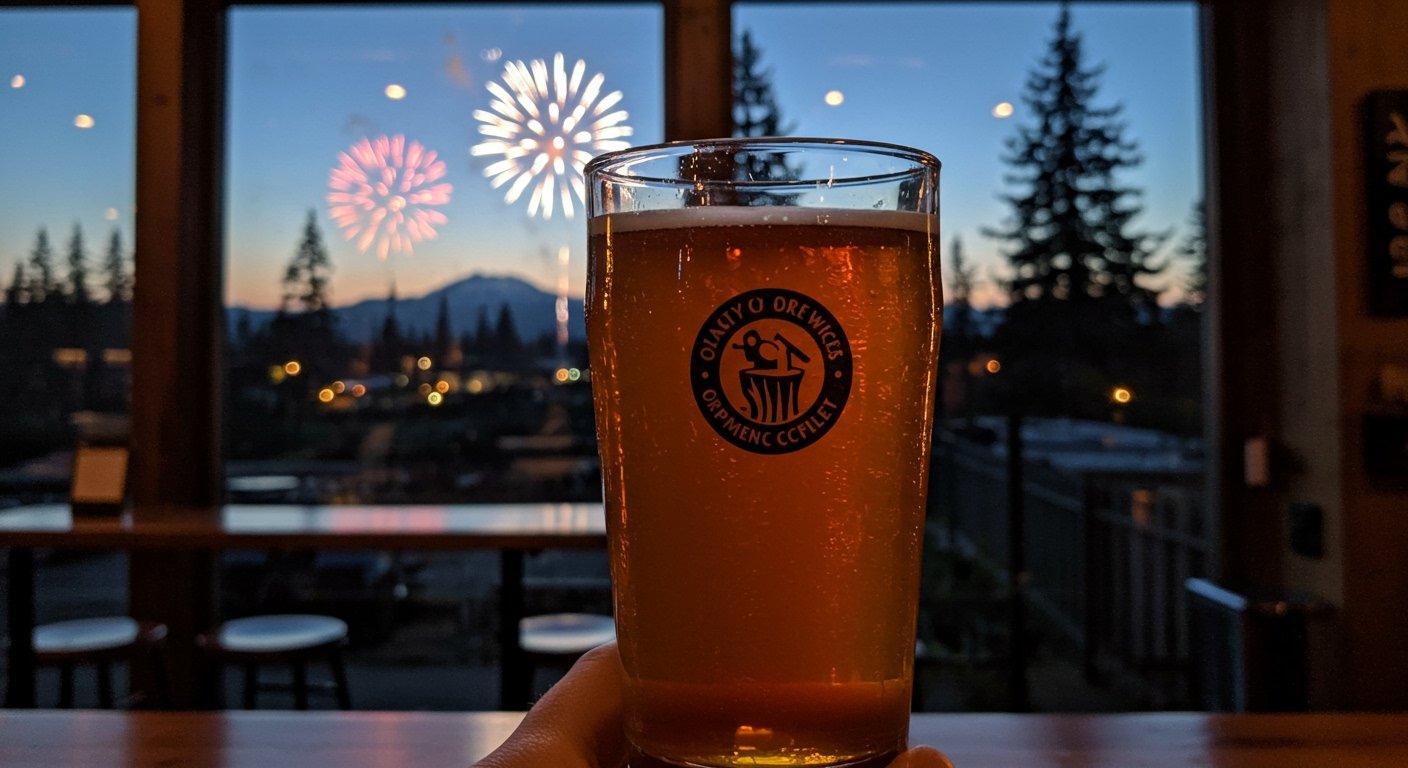A comprehensive statewide study conducted in Oregon has revealed a significant correlation between Cannabis Retail Access and altered substance use patterns among adults. The research, led by David Kerr, a professor of psychological science at Oregon State University (OSU), indicates that living closer to licensed cannabis retail stores is associated with both more frequent cannabis use and a notable decrease in heavy alcohol consumption. This news sheds light on the complex behavioral shifts occurring within communities as legal cannabis markets mature, impacting public health implications.
The Study: Cannabis Retail Access and Proximity Matters
The investigation, supported by the National Institute on Drug Abuse, meticulously analyzed nine years of data—from 2014 to 2022—drawn from Oregon’s Behavioral Risk Factor Surveillance System (BRFSS). This extensive dataset included over 60,000 adult Oregon residents. Researchers linked participants’ residential ZIP codes to the density and proximity of licensed cannabis retailers. Crucially, participants did not need to be aware of the store locations themselves; the geographical data provided an objective measure of local commercial access to cannabis products, directly correlating with Cannabis Retail Access.
Key Findings: Increased Cannabis Use, Decreased Heavy Drinking
The Oregon cannabis study‘s findings present a dual outcome regarding Cannabis Retail Access. Adults residing in areas with greater access to cannabis retailers were significantly more likely to report frequent cannabis use, defined as using cannabis 10 or more days per month. Conversely, these same individuals were less likely to report heavy drinking. Heavy drinking was defined by the Centers for Disease Control and Prevention as eight or more alcoholic drinks per week for women and 15 or more drinks per week for men. This suggests a potential substitution effect, where increased availability and use of cannabis may lead some individuals to reduce their alcohol consumption, contributing to a heavy drinking reduction.
Age Groups Most Affected by Cannabis Retail Access
The pronounced effects of cannabis retail proximity were most evident in two specific age demographics: young adults aged 21-24 and older adults aged 65 and above. For the younger group, this period represents critical brain development and is also the peak onset for cannabis use disorder. For older adults, the decrease in heavy drinking alongside increased cannabis access also warrants further examination regarding its net public health impact. While cannabis use increased with greater retail access across most adult age groups, the trend was not significant for minors aged 18-20, who are legally barred from purchasing cannabis for adult use. The study highlights how differing levels of Cannabis Retail Access can influence varied age groups’ substance use patterns.
Implications for Public Health and Policy on Cannabis Retail Access
The legalization of recreational cannabis in Oregon began with retail sales starting in 2015, and local governments retain the ability to ban such operations. This research provides critical news for public health officials and policymakers, highlighting that the physical availability of cannabis retailers is a modifiable factor influencing substance use behaviors at the community level. The study’s lead author, David Kerr, noted the complexity of the findings, acknowledging that while reduced heavy drinking is a positive health outcome, increased cannabis use, particularly among younger adults, requires careful consideration and age-informed prevention efforts. The National Institute on Drug Abuse (NIDA) supported this research, underscoring its significance in understanding the evolving landscape of substance use and the impact of Cannabis Retail Access.
A Complex Picture of Cannabis Retail Access
While this Oregon study points towards cannabis replacing alcohol for some, broader research on cannabis legalization and alcohol consumption shows varied results. Some studies suggest a slight increase in overall alcohol consumption following legalization, often driven by younger adults and men, while others find no significant association. However, findings from studies examining medical cannabis access have sometimes indicated reduced alcohol sales. The news from Oregon adds a crucial piece to this ongoing scientific discussion, emphasizing that direct retail access to cannabis is a key factor influencing these behavioral shifts and substance use patterns. Future research aims to further explore the mechanisms behind these associations and inform policies that balance the potential public health benefits of reduced alcohol misuse with the risks of increased cannabis use, all within the context of evolving legal cannabis markets and Cannabis Retail Access.




